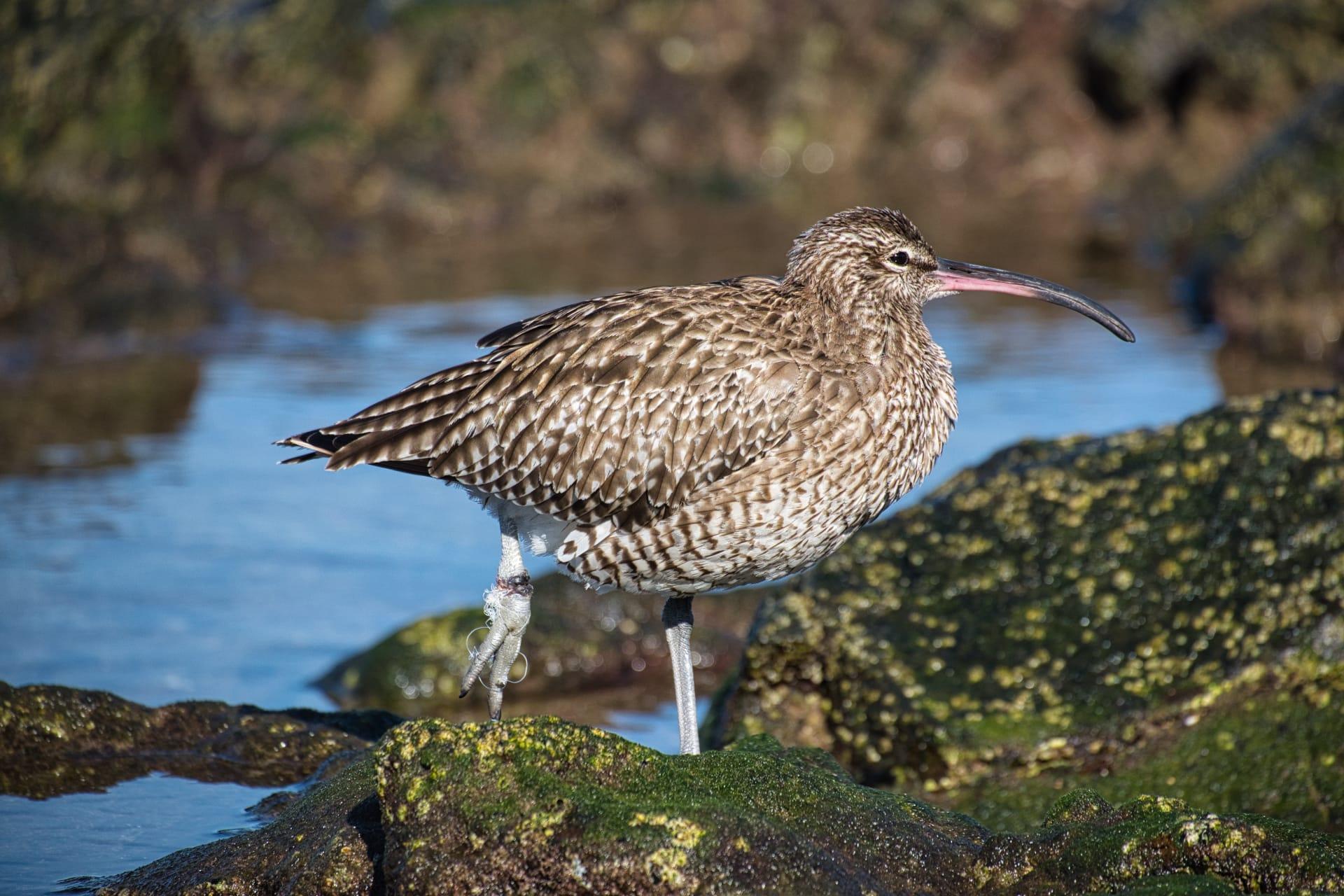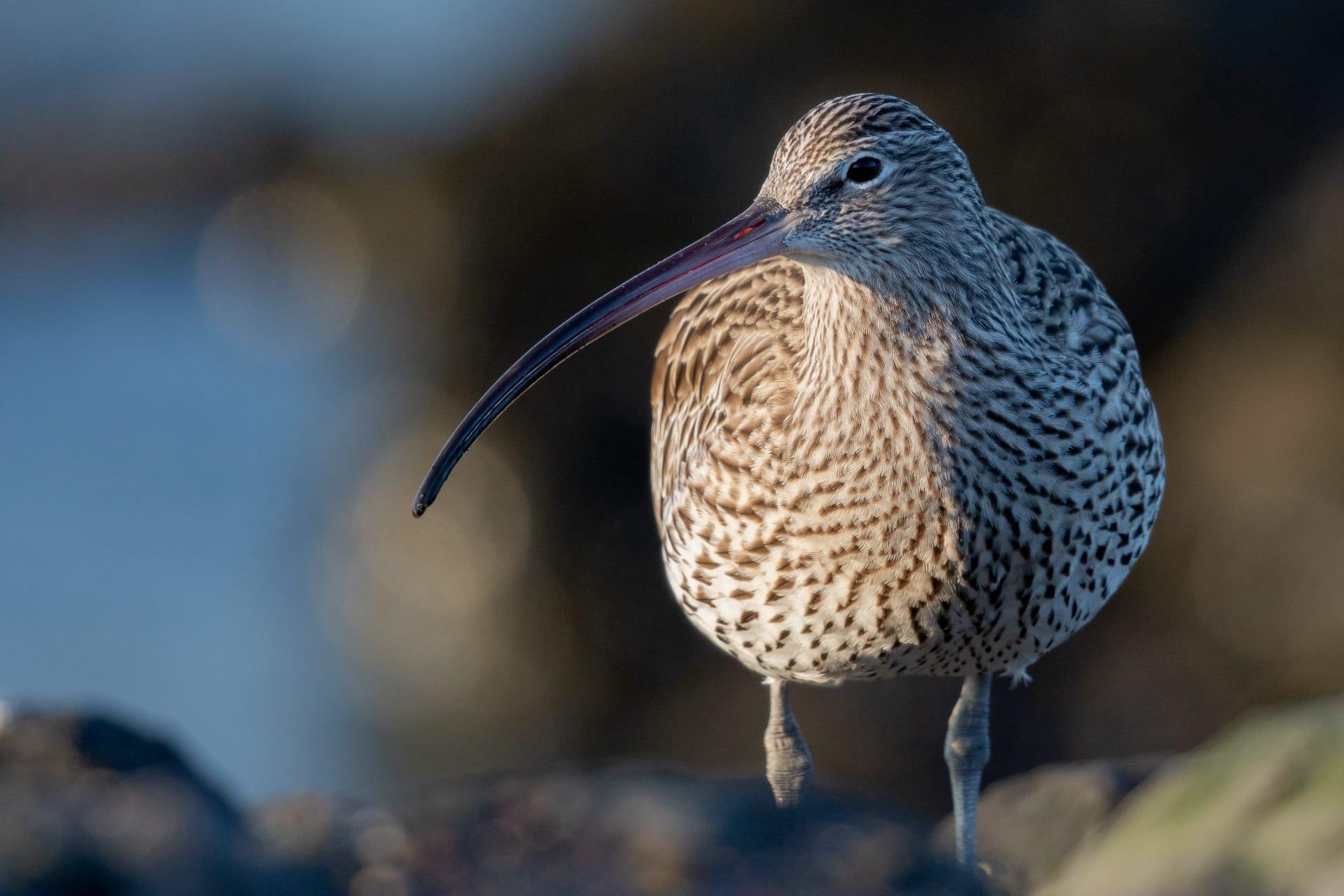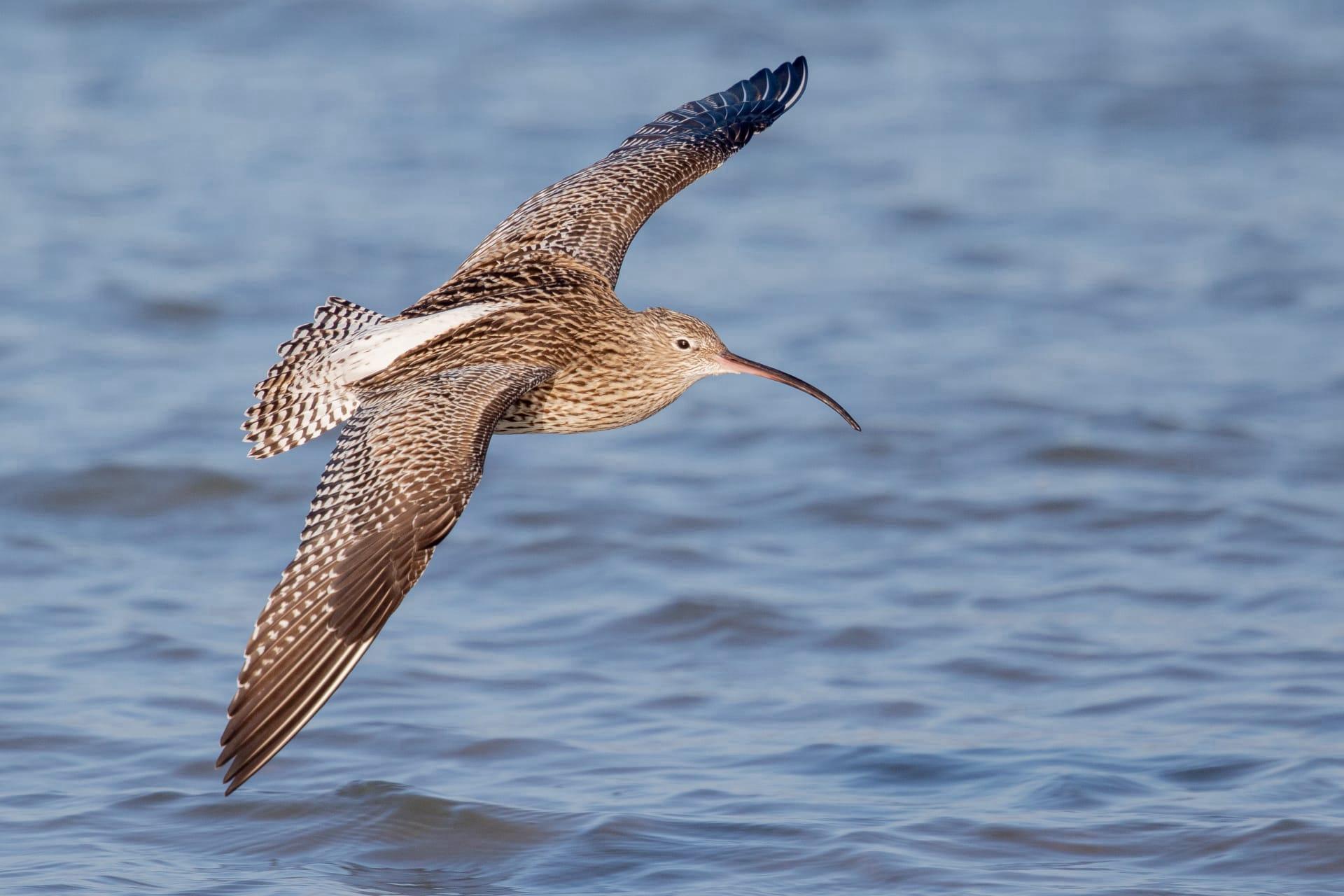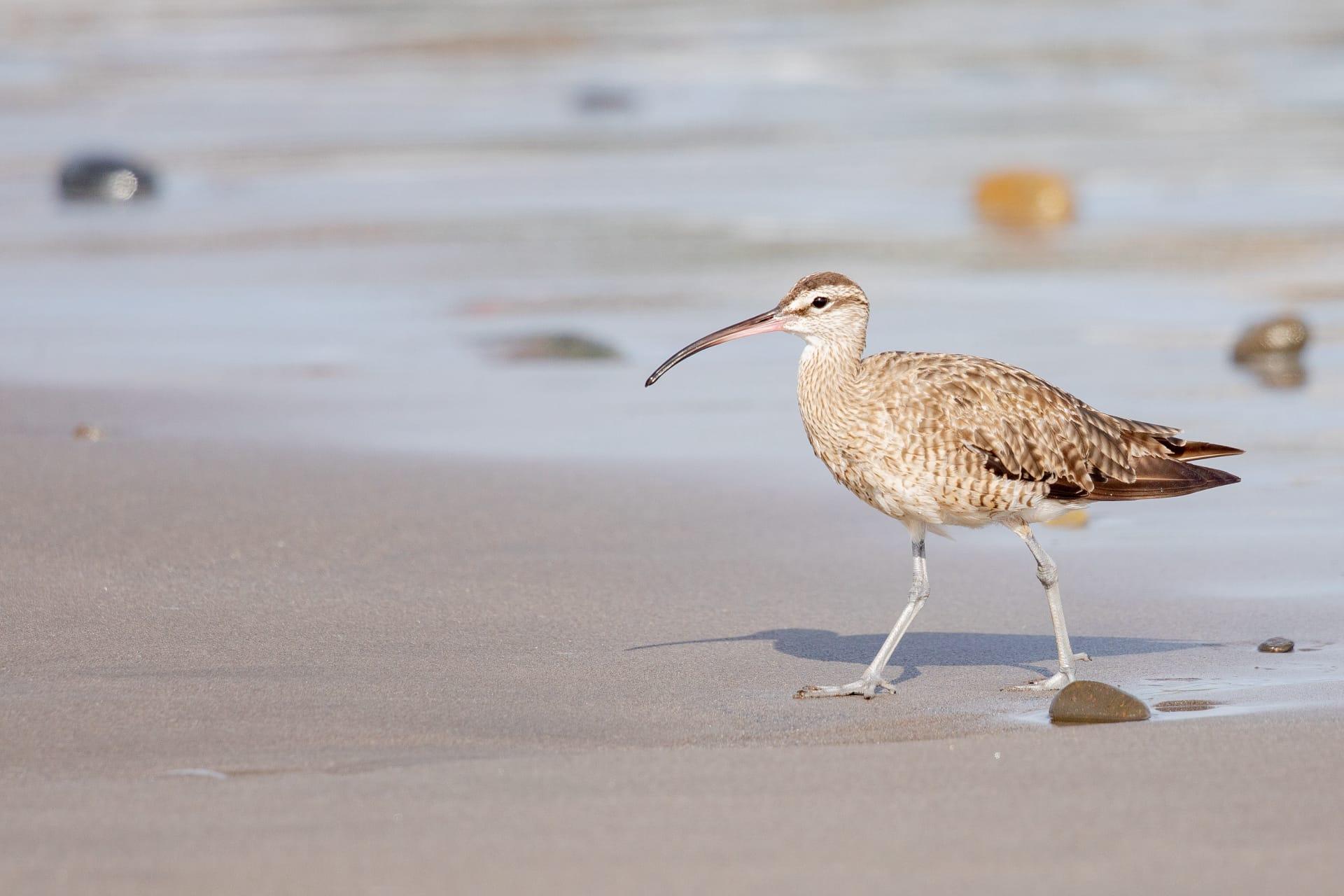Curlew
- Home /
- Mini Encyclopedia /
- Animal /
- Curlew
1
Curlews, known scientifically as members of the genus Numenius, are a group of wading birds typically characterized by their long, slender, down-curved bills and mottled brown plumage. These birds belong to the family Scolopacidae, which includes other waders like sandpipers and snipes. The curlew species vary in size, with the largest being the Eurasian Curlew (Numenius arquata), measuring up to 26 inches in length, and the smallest being the Little Curlew (Numenius minutus), reaching only about 12 inches. Their distinctive bills, which can be as long as 8 inches in some species, are highly adapted for probing into mud and sand for invertebrates.
The distribution of curlews is widespread, spanning across various continents. They are primarily found in Europe, Asia, Africa, and Australia, with some species extending to North and South America. The Eurasian Curlew, for instance, breeds across Europe and Asia, migrating to Africa and southern Asia in winter. The Numenius americanus, or the Long-billed Curlew, breeds in central and western North America and winters in the southern United States and Mexico. Their habitats are diverse, ranging from coastal mudflats and estuaries to grasslands and arid steppes. These birds are known for their long migratory journeys, covering thousands of kilometers, with some species like the Whimbrel (Numenius phaeopus) known to fly non-stop over vast oceanic distances.

2
Question: Do curlews use their long bills primarily for defense?
Answer: A common misconception about curlews is that their elongated bills are used primarily for defensive purposes. In reality, the primary function of their long, curved bills is for foraging. These specialized bills are perfectly adapted to probe deep into mudflats, sand, and soil to extract invertebrates such as worms, crabs, and mollusks. The bill's shape and length vary among species, corresponding to the type of prey they hunt and their foraging habitats. For example, the Eurasian Curlew's bill is long and curved to probe deep into wet mud, while the shorter bill of the Little Curlew is suited for picking insects off the surface. While these birds can use their bills for defense if necessary, it's their remarkable ability to locate and extract food from under the surface that truly sets their bills apart.

3
Curlews have developed several survival strategies to thrive in their environments. One key strategy is their migratory behavior. Many curlew species undertake long-distance migrations to exploit different habitats seasonally. For instance, the Eurasian Curlew breeds in northern Europe and Asia and migrates to warmer regions in Africa and southern Asia during winter. This migration allows them to access food resources that are not available in their breeding grounds during colder months.
Another survival strategy is their nesting behavior. Curlews usually nest on the ground, making their eggs and chicks vulnerable to predators. To counter this, they have developed cryptic coloring that camouflages both the adults and the eggs with their surroundings, making them difficult to spot. Additionally, curlews are known for their loud and distinctive calls, which they use for communication between mates and to ward off predators. Their calls are especially important during the breeding season for establishing territories and attracting mates.

4
In the ecosystem, curlews play significant roles, particularly in their roles as predators and as prey. As predators, they control the populations of invertebrates like worms and small crustaceans. Their foraging behavior, which involves probing into the soil or mud, also aerates the soil, which is beneficial for soil health and the ecosystem at large.
As a part of the food chain, curlews also serve as prey for various predators, including foxes, larger birds of prey, and in some regions, humans. Their presence and population health are indicators of the health of the ecosystem, particularly in wetland and coastal environments. The decline in curlew populations can signal broader ecological issues, such as habitat loss and climate change impacts.

5
Film: "The Call of the Curlew" is a British documentary released in 2019. It explores the life and migratory patterns of the Eurasian Curlew across Europe. The film highlights the challenges faced by these birds, including habitat loss and climate change, and showcases the stunning landscapes they traverse during their migrations.
Book: "Curlews: The Last Song" by Andrew Simms, published in the UK in 2021, delves into the natural history of curlews and their cultural significance. Simms explores the bird's role in folklore and literature while highlighting the conservation efforts to save these iconic birds from decline.
Book: "Wings Over the Wetlands: Curlews in the Wild" by Michaela Strachan, published in Australia in 2020, provides an in-depth look into the lives of various curlew species inhabiting wetlands across the world. Strachan's book combines scientific research with personal observations, offering insights into the behaviors, habitats, and challenges faced by curlews.